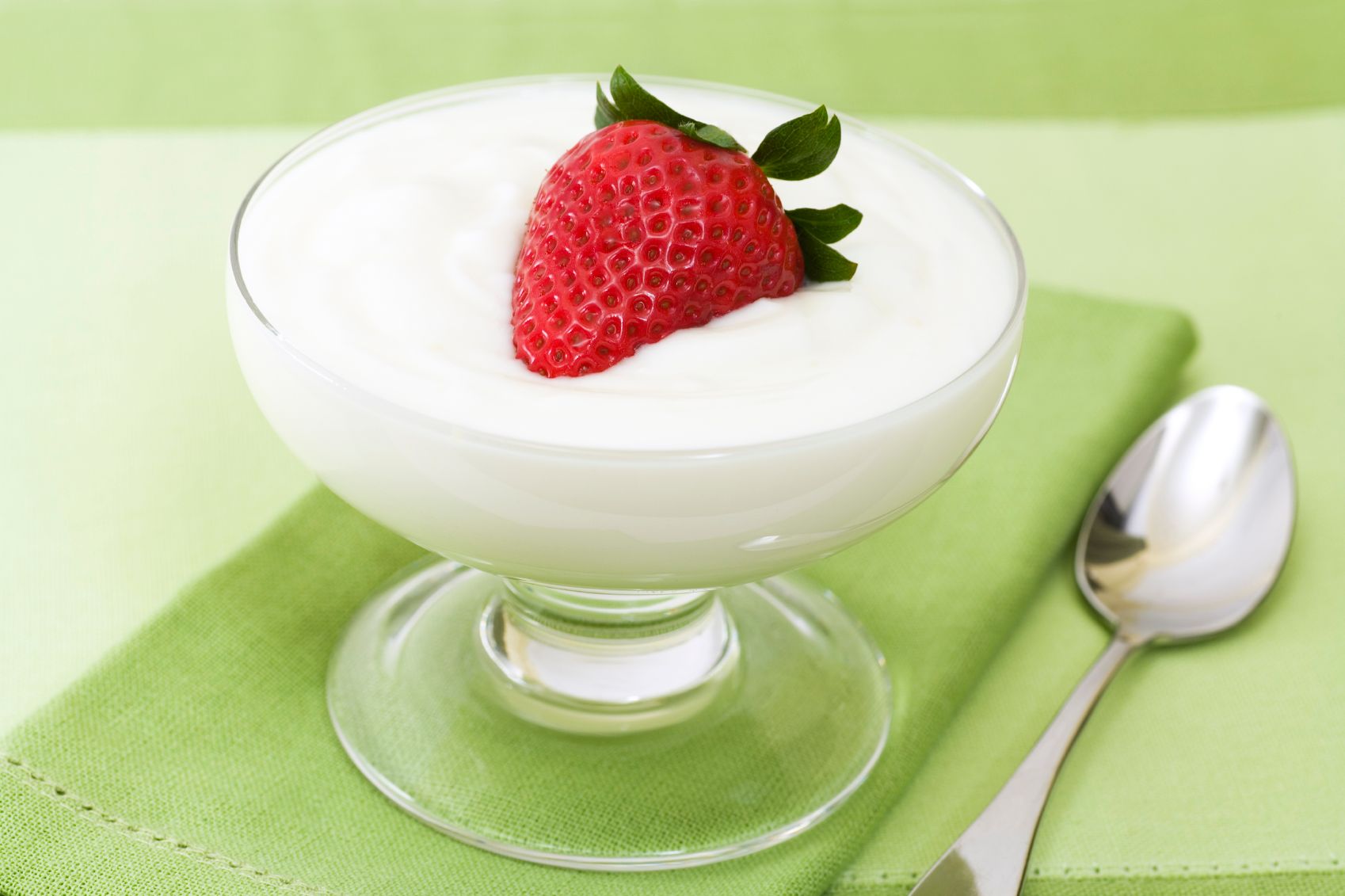Whey Can Now Replace Milk Entirely in Yogurt Making-and Save Money
Hydrosol’s Stabisol JOC stabilizer lets companies entirely replace the milk in yogurt with sweet whey.
Photo © iStockphoto.com

Cheesemaking renders two types of whey byproduct: acid whey and sweet whey. Dairy solutions supplier Hydrosol (Ahrensburg, Germany) is now helping cheesemakers extend their selling profits on sweet whey with a new stabilization system that allows yogurt makers to use a higher percentage of whey in yogurt formulation.
With whey proteins generally cheaper than milk protein, some yogurt makers replace part of the milk in yogurt with whey or even water. Generally, there are limits to how much whey can replace milk. “The formulation must have at least 50% milk to give the yogurt a smooth, gleaming texture and a pleasant mouthfeel,” according to Hydrosol. The company’s Stabisol JOC stabilizer, however, lets companies entirely replace the milk in yogurt with sweet whey while retaining the high-quality creaminess and consistency expected of yogurt.
“The whey is mixed with fat, sugar, stabilizer, and yogurt cultures, and fermented,” the firm says via press release. “The fat can be animal fat like cream or butter, or vegetable fat like oils, depending on availability. Instead of fresh whey, whey powder and water can be used.”
What does this mean for yogurt manufacturers? Aside from cost savings, JOC also has applications in fermented whey desserts that utilize yogurt cultures. Hydrosol offers the services of its partner companies to help manufacturers add flavor, color, and fruit preparations to their products.
“With our new stabilizing system, we give cheesemakers a double benefit,” says Sebastian Barsch, product developer, in a press release. “They can profitably market their excess whey, and they can take low-cost, yogurt-like desserts to market. This lets them use the increasingly positive image of whey protein to boost revenues.”
Jennifer Grebow
Editor-in-Chief
Nutritional Outlook magazine
jennifer.grebow@ubm.com
Photo © iStockphoto.com/marilyna
HHS announces restructuring plans to consolidate divisions and downsize workforce
Published: March 27th 2025 | Updated: March 27th 2025According to the announcement, the restructuring will save taxpayers $1.8 billion per year by reducing the workforce by 10,000 full-time employees and consolidating the department’s 28 divisions into 15 new divisions.
HHS announces efforts to eliminate independent conclusion of GRAS
Published: March 11th 2025 | Updated: March 11th 2025U.S. Department of Health and Human Services (HHS) Secretary, Robert F. Kennedy Jr., is directing the acting U.S. Food and Drug Administration’s (FDA) acting commissioner to explore rulemaking that would eliminate the independent conclusion of GRAS provision.







